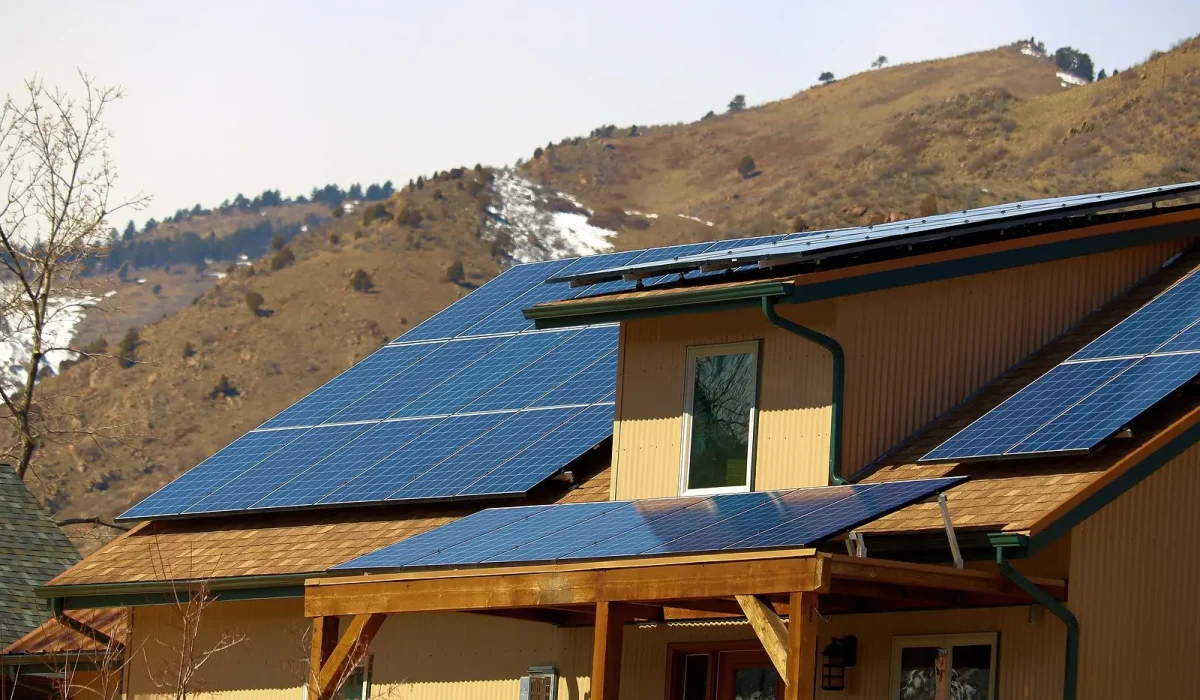Ice and heavy snow can impact the condition and performance of solar panels in many ways.
Ice and heavy snow covering solar panels can block sunlight from reaching the photovoltaic cells, reducing their efficiency in converting sunlight into electricity. This can result in a decrease in power output from the solar panels during winter months or in areas prone to heavy snowfall.
Accumulated snow on solar panels can add significant weight to the panels and mounting structures. If the weight exceeds the load-bearing capacity of the panels or the mounting system, it can cause structural damage or even lead to the panels detaching from their mounts.
Ice formation on solar panels can potentially cause damage to the panels themselves. When water freezes, it expands, which can exert pressure on the panels and their components, leading to cracks or other forms of damage. Additionally, ice melting and refreezing cycles can exacerbate this damage over time.
Ice and snow buildup on solar panels can pose safety hazards during maintenance or cleaning. Climbing onto a roof to clear snow or ice from solar panels can be risky, especially in slippery conditions.
To mitigate these impacts, several strategies can be employed:
Tilted Mounting: Installing solar panels at an angle can help reduce snow buildup, as snow is more likely to slide off angled surfaces.
Heating Systems: Some solar panel systems are equipped with heating elements that can melt ice and snow buildup. These systems can help maintain the performance of solar panels during winter weather conditions.
Regular Maintenance: Clearing snow and ice from solar panels as soon as it accumulates can help prevent damage and maintain optimal performance. However, this should be done carefully to avoid damaging the panels or risking personal safety.
Location and Orientation: Consideration of location and panel orientation during installation can also help minimize the impact of snow and ice buildup. Installing panels in areas with less snowfall or where snow tends to melt more quickly can reduce maintenance requirements.
Through the implementation of appropriate strategies, the impact of ice and heavy snow on solar panels can be minimized, ensuring optimal performance and longevity of the solar energy system.


